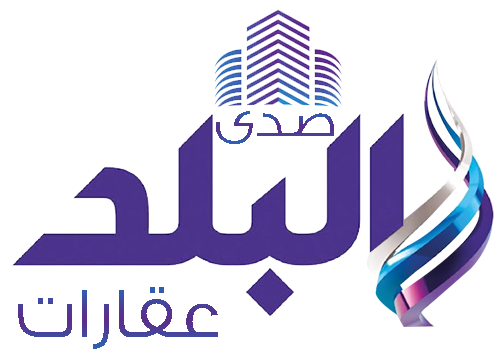In a notable development for precious metals markets, the Saudi Central Bank has invested approximately $40.4 million in silver-related exchange-traded funds (ETFs) during the second quarter of 2025.
Details of the Investment
The move includes a stake in the iShares Silver Trust (SLV)—one of the largest silver-backed ETFs—as well as the Global X Silver Miners ETF (SIL), which focuses on global silver mining companies.
Analysts, however, caution that this is not necessarily a signal of any plan to “remonetize” silver, as some traders speculate, but rather part of the Saudi sovereign wealth fund’s asset management strategy.
SLV: The Saudi Central Bank purchased 932,000 shares, worth $30.58 million. This ETF holds physical silver stored in London vaults to track spot silver prices.
SIL: The bank acquired 203,700 shares, worth $9.8 million. This ETF invests in global silver mining companies.
Total: About $40.4 million, according to 13F filings submitted to the U.S. Securities and Exchange Commission (SEC). The filing was submitted by Mamia Kouakou-Akoto, a partner at A&O Shearman LLP, which advises sovereign wealth funds and central banks.
Despite being a bullish signal for silver, the investment represents a relatively small portion of the Saudi fund’s portfolio. For context:
The SLV holding is less than one-sixth of the fund’s position in the Energy Select Sector SPDR Fund (XLE), valued at $183.2 million.
It is also only about one-fifth the size of its allocation to the SPDR S&P 500 ETF Trust (SPY), valued at $130.1 million.
Context and Speculation
The investment has sparked significant discussion on social media, particularly on X (formerly Twitter). Some traders view it as a step toward “remonetizing” silver as a reserve asset, drawing parallels to Russia’s purchases of physical silver.
For instance, user @WSBGold tweeted: “HUGE: Saudi Central Bank steps into $SLV. After decades of only buying Gold, central banks are now turning to Silver.”
In Arabic, another user @Slamat640421849 wrote: “The Saudi Central Bank is now among the largest holders in the biggest ETF specializing in silver trading.”
Nevertheless, analysts urge caution, noting that central banks generally prefer physical metal purchases when aiming to build official reserves.
At the LBMA Precious Metals Conference 2024, representatives from the central banks of Mongolia and the Czech Republic said silver is “too volatile” to serve as a monetary metal. Mexico’s central bank holds some silver, but primarily because of its mining sector’s importance, as Mexico remains the world’s largest silver producer.
Russia is the only country to have openly announced active silver purchases, with plans to spend 51 billion rubles (approx. $535.5 million) over three years to boost reserves of precious metals, including silver and platinum-group metals.
Impact on Silver Prices
Currently, silver prices remain capped below $39 per ounce, but analysts expect an imminent breakout toward $40 or higher, supported by growing investor interest.
The Saudi investment adds further momentum to these expectations, especially as some central banks diversify beyond gold into silver. Still, caution is advised: the report stresses that this move came through the sovereign wealth fund, not as an official monetary reserve policy.












